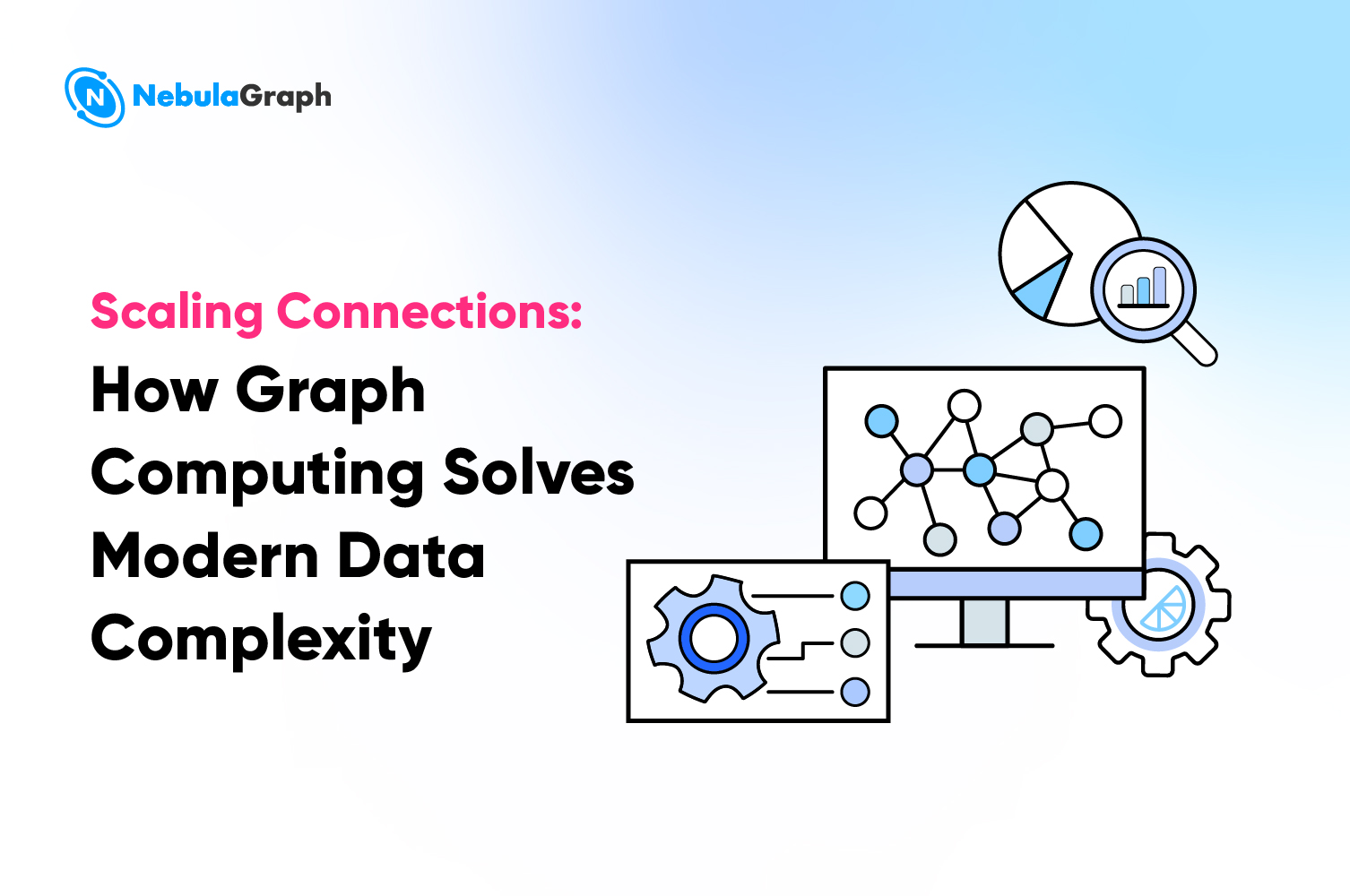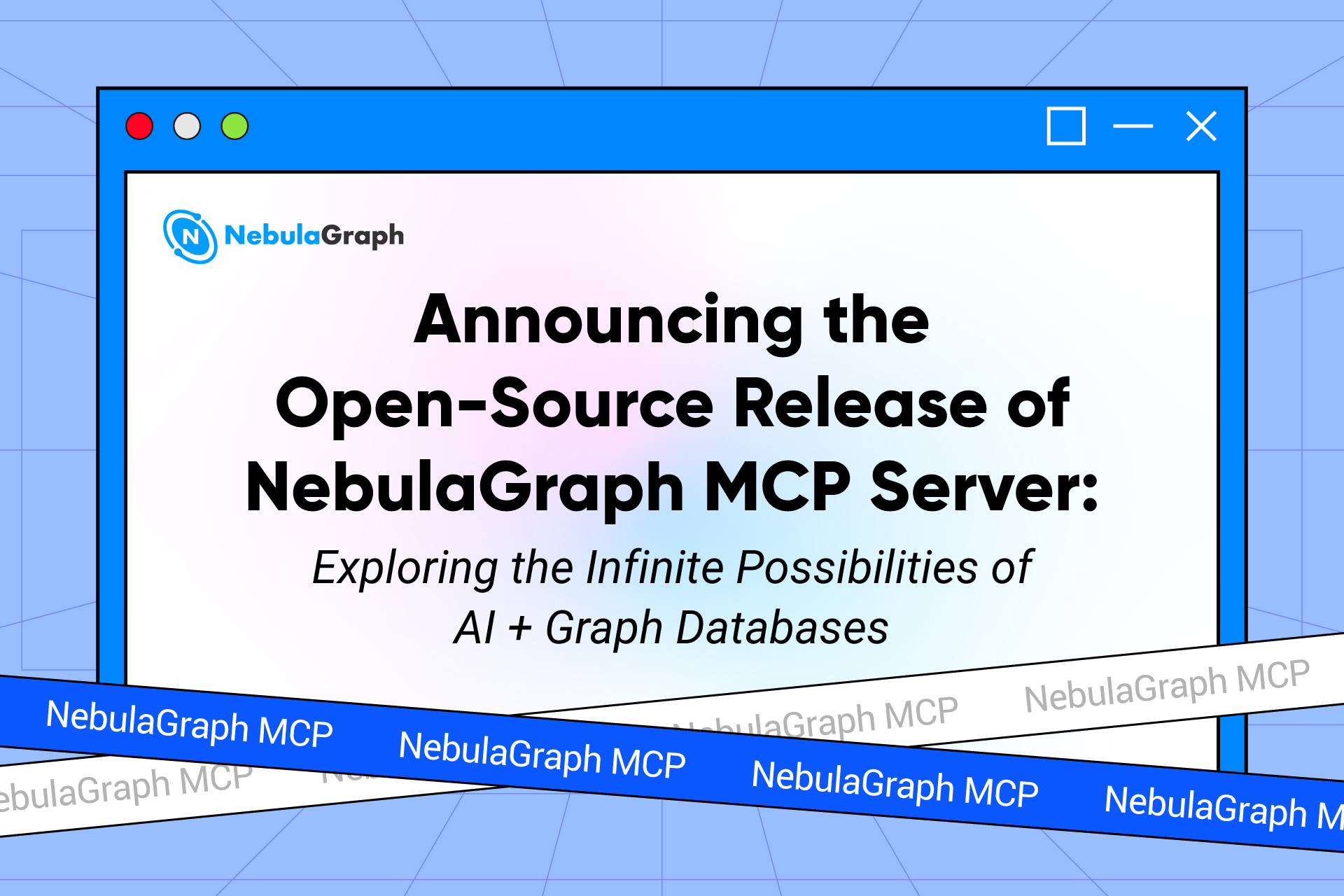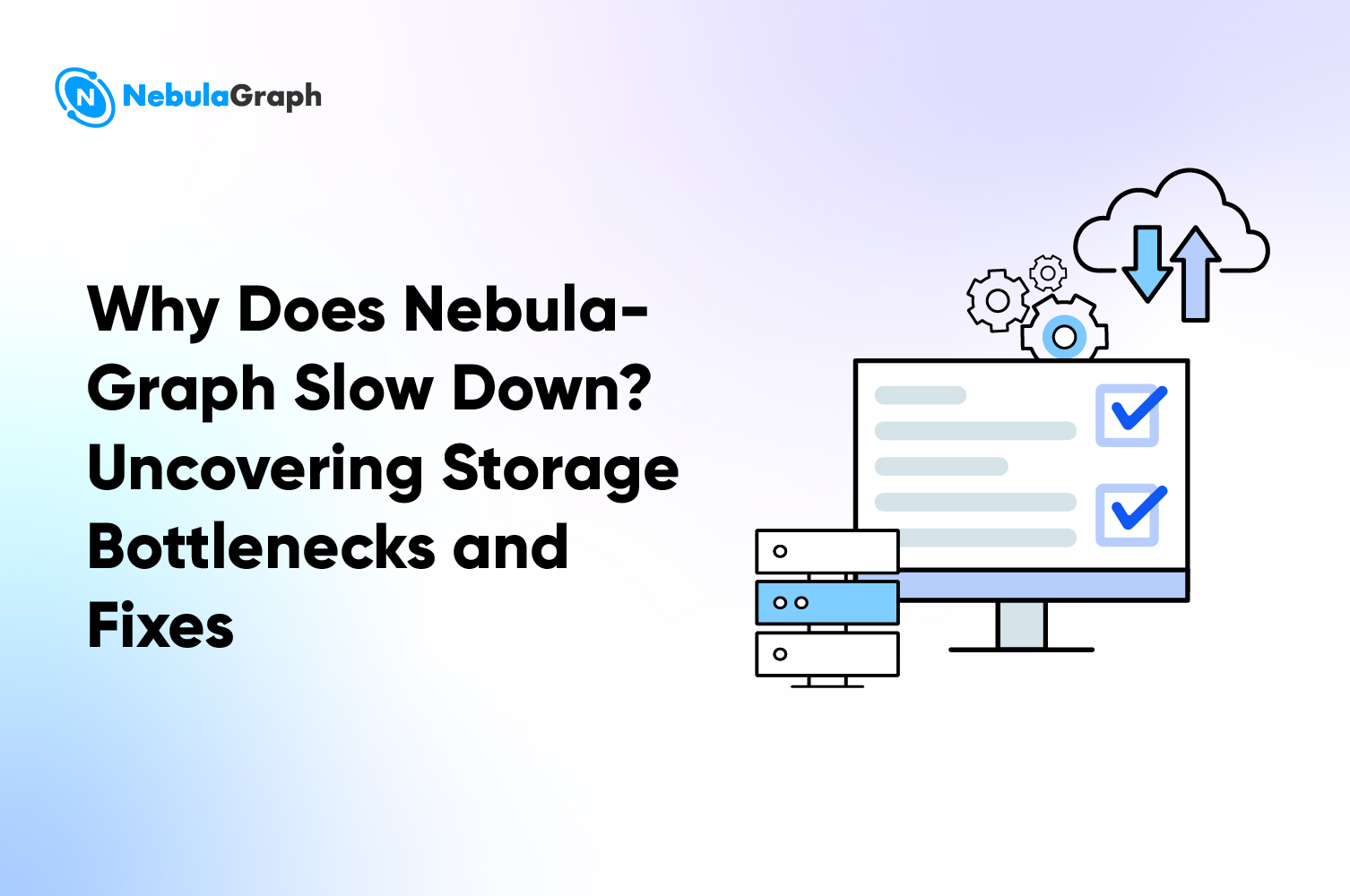Graph-computing
Subgraph Computing Uncovered: What It Is and Why It Matters
The importance of graph databases in data analysis cannot be overstated, and the recent development of subgraph computing is about to make them even more powerful. Although many people are already familiar with the idea behind graph computing, subgraph computing provides a new way of looking at things and greatly expands both what can be done with data as well as how it can be interpreted. In this post, we will introduce subgraph computing and explain its relevance to business.
What is subgraph computing?
Subgraph computing is a term that is used when working with graph databases. In graph theory, a graph consists of vertices and edges connecting these vertices. A subgraph is any part of this full graph which includes some but not necessarily all of the nodes and/or edges from the main graph.
Subgraph computing is a specific kind of graph computing which deals with smaller, particular sections or 'subgraphs' within a bigger graph. This type of computing can be used to analyze and process specific areas of a network without having to process the entire graph, which can save time and computational resources. It's especially useful in large-scale data analysis where only certain parts of the data network are relevant for a particular analysis. For instance, in a social network, a subgraph could represent a group of people who are all friends with each other. Computing these subgraphs could give insights into the number of such tightly-knit friend groups in the network.
What are the realistic use cases of subgraph computing?
Social Network Analysis: Subgraph computing can be used to analyze specific communities or groups within a larger social network. For example, identifying subgroups of people with similar interests, behaviors, or connections.
Recommendation Systems: In a recommendation network, nodes represent products and edges represent co-purchases. A subgraph may constitute a collection of merchandise which can be often bought collectively. Subgraph computing can help in analyzing user behavior within a specific context, and provide personalized recommendations based on that analysis.
Fraud Detection: In a financial transaction network, nodes could represent individuals or entities, and edges could represent transactions. A subgraph might represent a suspicious pattern of transactions that often indicate fraudulent activity. By computing these subgraphs, a system could potentially identify and flag potential fraud cases.
Bioinformatics: In organic networks, nodes can constitute proteins and edges can constitute interactions among them. A subgraph would possibly display a specific arrangement of proteins that form a practical complication. Analyzing those subgraphs can assist medical scientists aware of not unusual or massive protein complexes within the community.
Network Security: In a pc community, nodes constitute devices like servers or routers, and edges represent connections. Subgraph computing can be used to identify and analyze specific parts of a network that are vulnerable to attacks or have already been compromised.
Why does subgraph computing matter to commercial business?
In addition to the mentioned realistic use cases, subgraph computing brings business values to enterprises, including
- Discovery of Patterns: Subgraph computing can help discover recurring patterns in complex networks. For instance, in attribution analysis, which is used in marketing to determine the most effective marketing channels, subgraphs could represent sequences of customer interactions leading to a purchase. Computing these subgraphs can help identify the most common or effective sequences.
- Anomaly Detection: In the context of capital flows, nodes could constitute debts and edges should constitute transactions. A subgraph may constitute a pattern of transactions that is indicative of cash laundering. By computing those subgraphs, you will become aware of anomalies and probably illicit activities.
- Predictive Analysis: Patterns found thru subgraph computing can also be used for predictive evaluation. For example, in a product recommendation community, styles of co-purchases can be used to expect future purchases.
Comparison between graph computing and subgraph computing
While graph computing provides a wide assessment of a collection of graphs, which can be beneficial for knowledge of large-scale structures and tendencies, subgraph computing offers greater distinct and nearby information about the structure and properties of the graph. A user of graph databases would possibly need to depend on subgraphs to understand the structure of a complicated network, which includes the internet or a biological network. For instance, they may want to realize how many approaches a pandemic can spread via a network.
The two methods can be used to answer different types of questions. For example, if you're interested in understanding the overall structure of a set of data, graph computing might be more useful. If you're interested in finding patterns within a larger set of data, subgraph computing might be more useful.
In addition to providing more detailed and local information, subgraph computing offers better flexibility and efficiency for certain use cases.
Flexibility: When dealing with large graphs, it's often impractical or unnecessary to query the whole graph. For example, in case you're simply interested in a selected community inside a social community, you don't want to analyze the complete network. By focusing on subgraphs, you can isolate and analyze the relevant portions of the graph. This allows for more targeted analysis and reduces the amount of irrelevant data you have to deal with. In addition, it also allows for a more detailed analysis. For instance, by examining different subgraphs, you can identify local patterns or structures that may not be evident when looking at the graph as a whole.
Efficiency: Subgraph computing is often more efficient than querying the whole graph. This is especially true for large graphs, where a full query can be computationally highly-priced and time-ingesting. By focusing on subgraphs, you can significantly reduce the computational load and speed up the analysis. This is not only more efficient, but it also means that the analysis can be more timely. In a rapidly changing network, a full graph query could be out of date by the time it's completed. Subgraph computing, on the other hand, can provide more up-to-date insights. Moreover, by reducing the computational load, subgraph computing also makes it possible to perform more in-depth analysis, such as running multiple queries or performing more complex computations.
As we wrap up, subgraph computing is more than just an extension of graph computing. It is an effective tool for reading complex networks and it can display crucial structures and styles that can be used for decision-making, prediction, and discovery. This transformative concept brings new intensity and measurement to data evaluation in graph databases. As we continue to discover its capacity, it's thrilling to imagine the effect it's going to have on the future of information analytics.
Subgraph computing is one of the key features that NebulaGraph Enterprise offers. If you’re interested in taking a trail, feel free to reach out to us.


